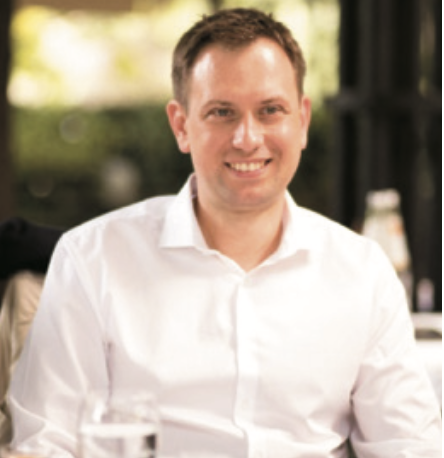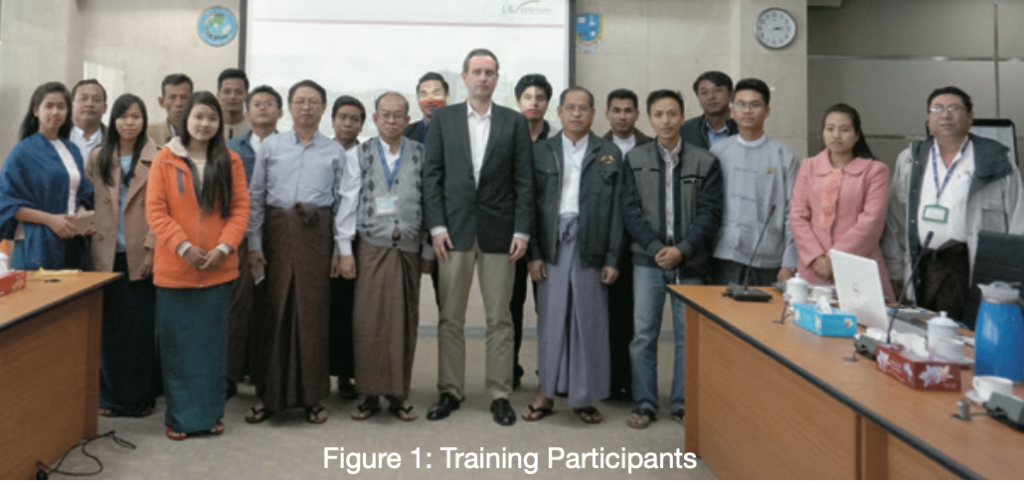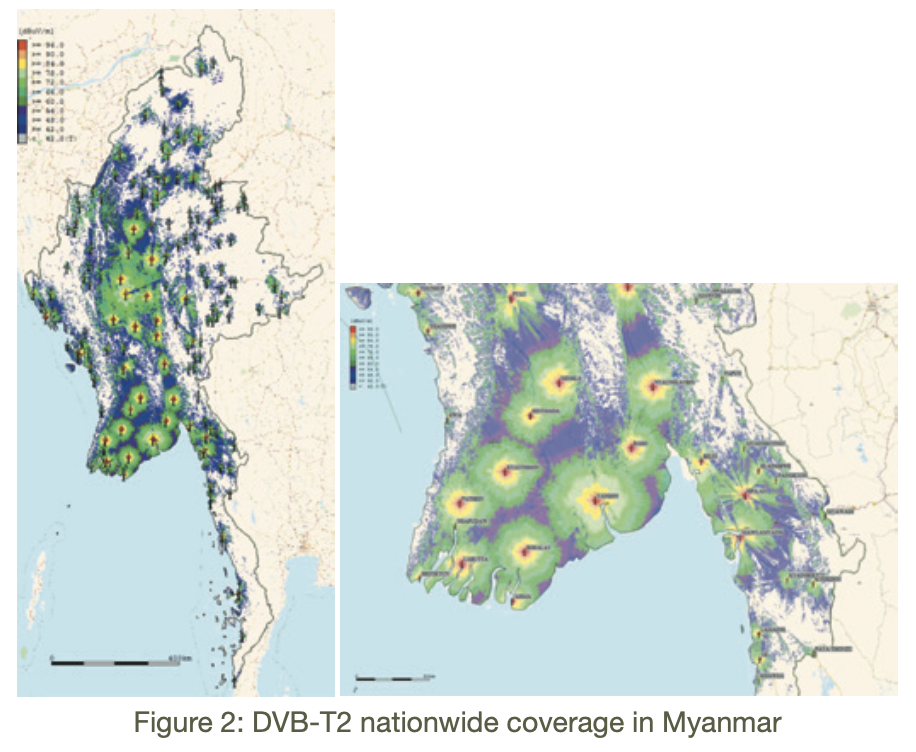ABU Technical Advisory Service to Myanmar Radio and Television (MRTV)
 4-8 December 2017 | Report by Mr Milos PAVLOVIC, MSc, Dipl.-Ing Sales Director Broadcast LS telcom AG, Germany
4-8 December 2017 | Report by Mr Milos PAVLOVIC, MSc, Dipl.-Ing Sales Director Broadcast LS telcom AG, Germany
As an ABU (Asia-Pacific Broadcasting Union) Technical Advisory Service mission to one of ABU’s members, MRTV (Myanmar Radio and Television), LS telcom AG provided a week long technical course on modern broadcasting coverage and frequency planning. The course, delivered by Milos Pavlovic, Sales Director Broadcast, included a vast selection of topics that the LS Training Academy offers on a regular basis. LS telcom AG, also a member of ABU, is the global leader in spectrum efficiency and its Training Academy has trained thousands of delegates who have received professional training since the foundation of the LS Training Academy in 2003.
The course was aimed at engineers working in the broadcast industry in Myanmar, and who focus on the planning and regulation of audio and television terrestrial broadcasting networks.
 The training took place in the MRTV Headquarters in Tatkone Township in Myanmar, and in addition to MRTV, the course participants came from the Ministry of Transport and Communications, MWD (Myawaddy, the Ministry of Defense), MRTV-4 (Forever Group Co., Ltd -Private) and Sky Net DTH (Shwe Than Lwin Media Co., Ltd -Private).
The training took place in the MRTV Headquarters in Tatkone Township in Myanmar, and in addition to MRTV, the course participants came from the Ministry of Transport and Communications, MWD (Myawaddy, the Ministry of Defense), MRTV-4 (Forever Group Co., Ltd -Private) and Sky Net DTH (Shwe Than Lwin Media Co., Ltd -Private).
The training included a wide range of theoretical and practical topics, from the introduction to broadcast theory, to wave propagation effects and propagation models, through to detailed presentation of required data (mapping and transmission), interference theory, broadcast network analysis and finally the network optimisation process based on different criteria.
The DVB-T2 standard, one of the two standards for terrestrial TV broadcasting in Myanmar (besides DVB-T operated by Myawaddy), was the main focus of the course. Participants were made familiar with the specific features and particularities of DVB-T2 compared to DVB-T and other terrestrial standards. The trainer of the course also explained in detail how extended single frequency networks (SFN) bring extensive capacity gains, and at the same time prospects for terrestrial HDTV.
 The course participants learnt about the theory of DVB-T2 parameters, including the calculation of Mux capacity and the according minimum required field strength. The theoretical part was complemented with planning examples of MRTV DVB-T2 networks, practicing feasibility for large area SFNs using LS telcom’s broadcast planning tools. The current worldwide DVB-T2 status, the DVB-T2 lite profile and DVB-T2 compatibility with LTE completed the DVB-T2 related sections of the course. Besides DVB terrestrial standards, the course introduced other terrestrial TV and radio standards such as ISDB-T, ATSC(3.0), DAB(+), DRM (+), etc. The course covered different coordination procedures and compatibility checks, providing a balance of theory as well as practical demonstration. The trainer also addressed broadcast measurement procedures, including advanced drone based antenna verification measurements.
The course participants learnt about the theory of DVB-T2 parameters, including the calculation of Mux capacity and the according minimum required field strength. The theoretical part was complemented with planning examples of MRTV DVB-T2 networks, practicing feasibility for large area SFNs using LS telcom’s broadcast planning tools. The current worldwide DVB-T2 status, the DVB-T2 lite profile and DVB-T2 compatibility with LTE completed the DVB-T2 related sections of the course. Besides DVB terrestrial standards, the course introduced other terrestrial TV and radio standards such as ISDB-T, ATSC(3.0), DAB(+), DRM (+), etc. The course covered different coordination procedures and compatibility checks, providing a balance of theory as well as practical demonstration. The trainer also addressed broadcast measurement procedures, including advanced drone based antenna verification measurements.
The training was rounded off with topics on analogue to digital switchover, strategic broadcast consulting, planning and allocation of the digital dividend, coexistence of DTT and other services, and finally alternative broadcast content distribution platforms and general future broadcast scenarios.
After completing the course, participants gained a thorough understanding of all the necessary functionality needed in the planning procedures, both in theory and practice. Many local, Myanmar specific examples were used to give detailed information about handling particularities that may occur in the planning and implementation phases.

